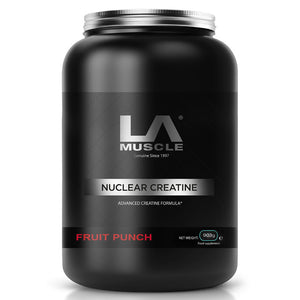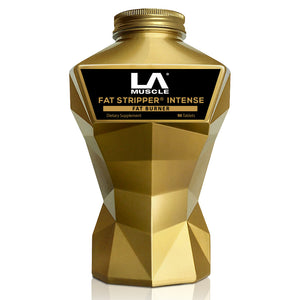
You may not be particularly interested in lifting weights or gaining strength, but can strength and weight training improve your speed and running performance?
Many people prefer running over weight training to stay in shape. Most runners focus solely on building endurance through running, but strength training can also be incredibly beneficial for improving running ability. Incorporating strength training exercises into your routine can help increase speed and power, increase resilience to injury, and improve performance in every aspect.
Strength training is an important component of any runner's training program, and those not implementing it may be losing out on potential improved performance. By incorporating strength training exercises into your routine, you can improve muscle strength, power, and overall body mechanics, which can all lead to improved running performance and reduced risk of injury. So, whether you're a casual jogger or a seasoned long distance or speed runner, consider adding strength training to your routine to take your running to the next level.
One of the main benefits of strength training for runners is increased muscle strength. Running is a high-impact exercise that puts a lot of stress on the muscles and joints. By including strength training exercises such as squats, lunges, and deadlifts, runners can strengthen key muscle groups such as the glutes, hamstrings, and quads, which surround the joints and give better support as they develop. Stronger muscles are better able to handle the demands of running and protect against wear and tear better than lesser developed muscles.
In addition to strengthening muscles, strength training also improves overall body mechanics. Optimal performance from body mechanics is important because efficient movement is key to running faster and with less effort. For example, exercises such as single-leg squats or step-ups can help improve balance and stability, which translates to better form while running. Good form not only helps prevent injury but also allows for more efficient running, which contributes to improved speed and endurance, similar to perfecting form when lifting.
Another benefit of strength training for runners is increased power. Power refers to the ability to generate force quickly, which is important for sprinting and other fast-paced running. Plyometric exercises such as box jumps and jump squats can help improve power and explosive strength. Exercises for developing power involve rapid muscle contractions, which can translate to faster running, and more efficient use of muscle.
Supplements such as Explosive creatine have been scientifically developed to increase your power output, strength and size without causing any water retention due to its unique and superior formula.
Strength training can also help prevent and protect against common running injuries, especially when compared to runners that do not train for strength. Running puts a lot of stress on the joints, particularly the knees and ankles. By strengthening the muscles that support knee and ankle joints, runners can significantly reduce the risk of injury. For example, strengthening the glutes can help prevent knee pain and IT band syndrome, while strengthening the ankles can provide protection against sprains and other injuries.
How should runners incorporate strength training into their routine?
It is important to focus on exercises that target the key muscle groups used in running. Squats, lunges, deadlifts, and step-ups are all great exercises that target the glutes, hamstrings, and quads. Plyometric exercises such as box jumps and jump squats are also great for building power and explosive strength. One key point when exercising to improve running performance, whilst running regularly, is to start with lighter weights and focus on proper form before increasing weight or intensity. Making gradual small improvements with both running and weight training together, could give big results over time.
When choosing to incorporate strength training and it’s benefits into a regular running routine, it may be wise to vary your weight/strength training routine to prevent boredom and ensure that you're targeting all the key muscle groups, allowing enough time for running itself depending on preference. As with any fitness routine, always keep in mind what your main goal is, and be sure to allow time for ample recovery after training sessions to get the most out of both running and lifting weights.


























